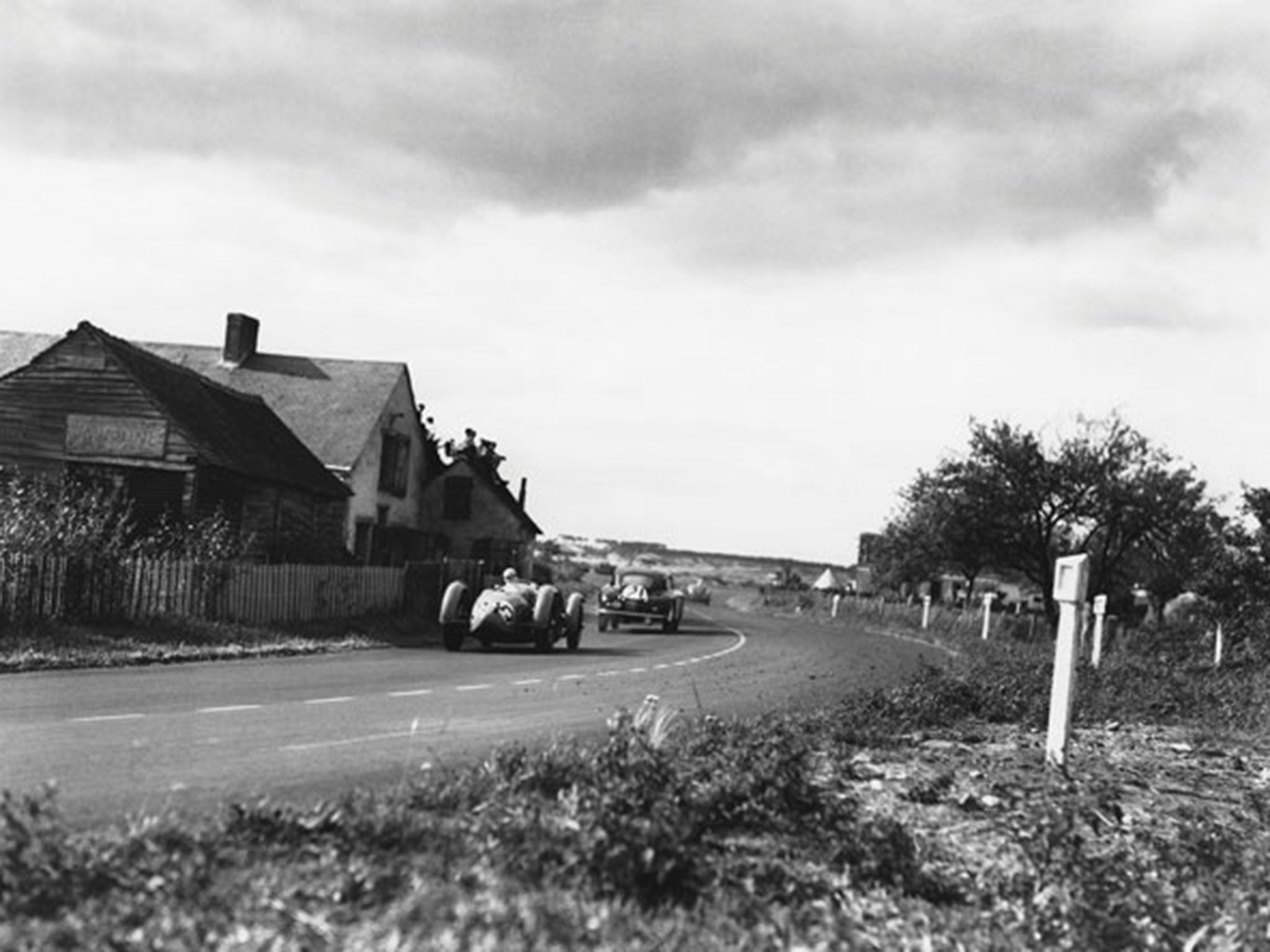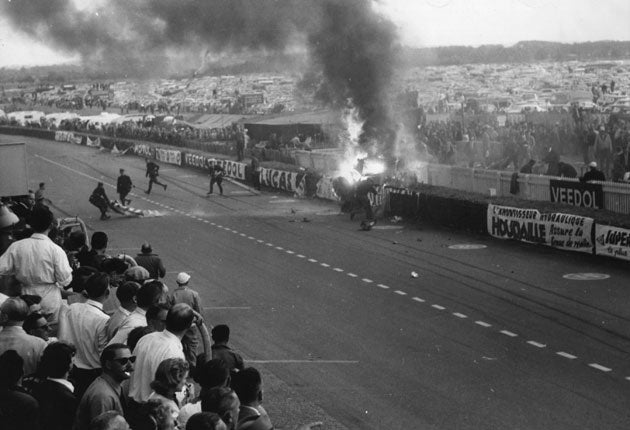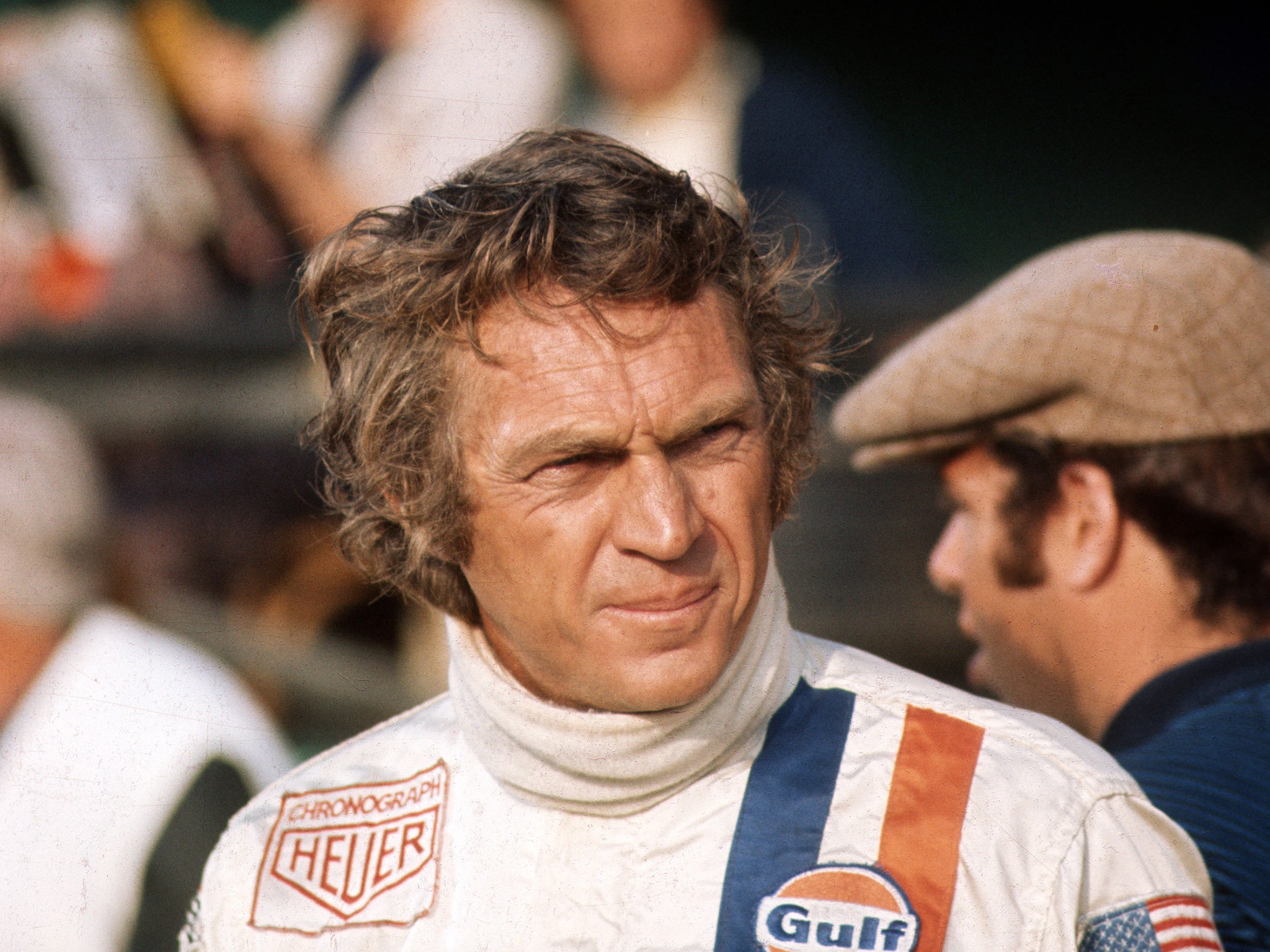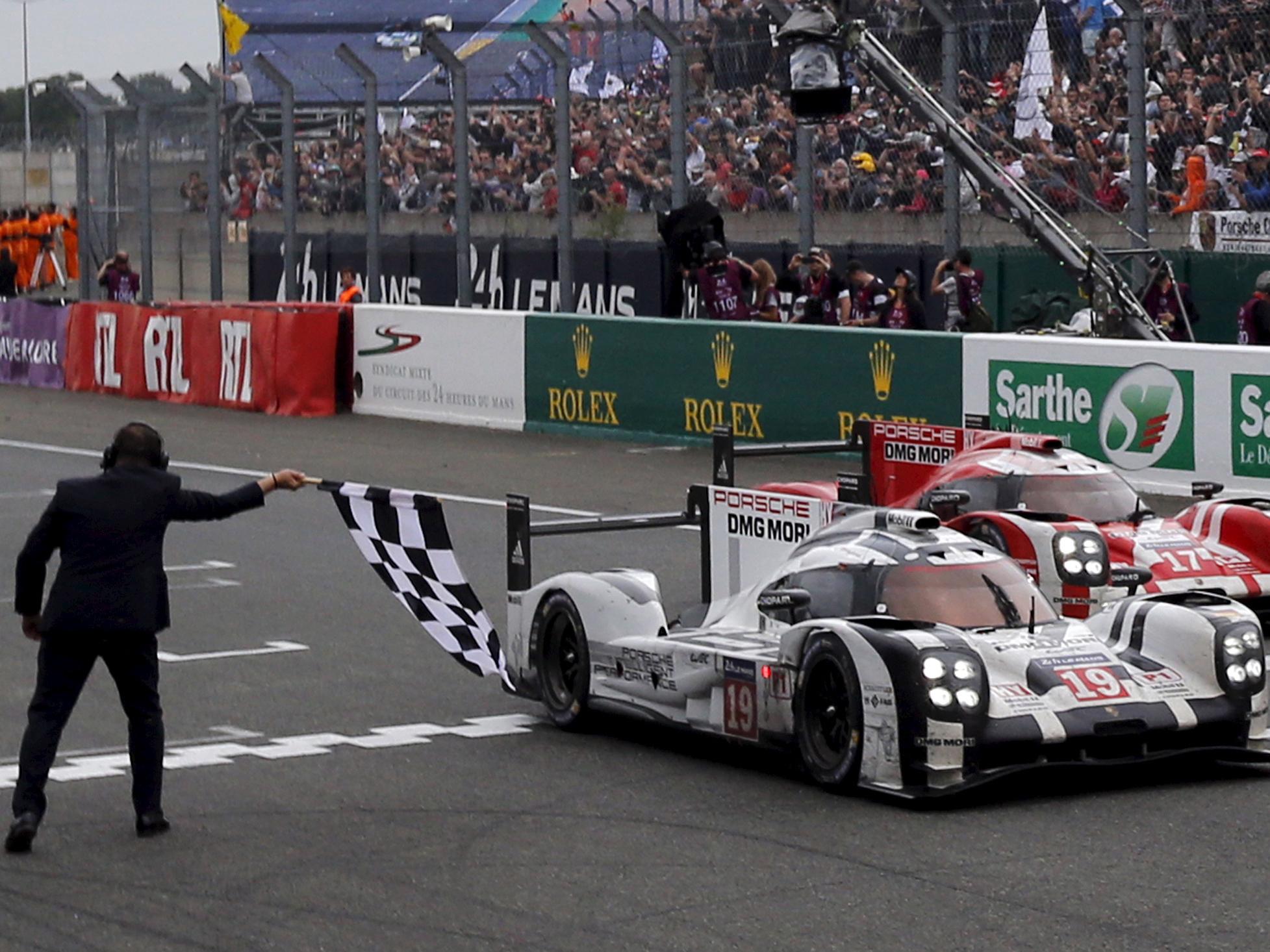Le Mans 2018: Fernando Alonso and Jenson Button face off in classic endurance race dating back to 1923
Formula One champions to face whole new challenge on Circuit de la Sarthe

Your support helps us to tell the story
From reproductive rights to climate change to Big Tech, The Independent is on the ground when the story is developing. Whether it's investigating the financials of Elon Musk's pro-Trump PAC or producing our latest documentary, 'The A Word', which shines a light on the American women fighting for reproductive rights, we know how important it is to parse out the facts from the messaging.
At such a critical moment in US history, we need reporters on the ground. Your donation allows us to keep sending journalists to speak to both sides of the story.
The Independent is trusted by Americans across the entire political spectrum. And unlike many other quality news outlets, we choose not to lock Americans out of our reporting and analysis with paywalls. We believe quality journalism should be available to everyone, paid for by those who can afford it.
Your support makes all the difference.This year's 24 hours of Le Mans will be the 86th in the history of the world's oldest endurance motor racing competition.
Taking place over the weekend of the 16 and 17 June at the Circuit de la Sarthe near the historic town of Le Mans in northwestern France, this year's event marks the debut of two-time Formula One world champion Fernando Alonso, driving a TS050 Hybrid for Toyota Gazoo Racing and partnered by Sebastien Buemi and Kazuki Nakajima.
One of the eight races comprising the FIA World Endurance Championship, Le Mans 2018 will also see Britain's Jenson Button making his debut among the 60 entrants, driving for Russian team SMP Racing in the company of Vitaly Petrov and Mikhail Aleshin.
Both Formula One stars are expected to find the adjustment tough, with Button admitting he found the experience "disconcerting" and "another world" after completing 20 laps on his first official test day at La Sarthe.
The race, originally known as the Grand Prix de Vitesse et d'Endurance, was first held on public roads on 26 and 27 May 1923, created by the Automobile Club de l'Ouest. Its goal was to offer a different challenge to Grand Prix motor racing, placing emphasis on a manufacturer's ability to build durable, fuel-efficient cars rather than models built for pace, Le Mans drivers needing to spend as little time undergoing repairs in the pit as possible.
Staging the race in early summer means it often takes place in hot or humid conditions, adding to the pressure on drivers navigating the 8.5-mile circuit's 38 turns.
Le Mans originally saw the Rudge-Whitworth Triennial Cup handed out every three years to the driver who had covered the most distance over the course of the last three consecutive races. This was abandoned in favour of its current 24-hour format in 1928.
Bentley dominated in the competition's earliest days, with the the latter's "Bentley Boys" bankrolled by one Woolf "Babe" Barnato, a boxer, cricketer and horse trainer known as the "Baron of Croydon", who himself won Le Mans as a driver three years on the trot. The Wall Street Crash of 1929 brought an end to Barnato's salad days and Alfa Romeo rose to supremacy in his stead, until the race was abandoned for 10 years between 1939 and 1949 because of the outbreak of the Second World War.
Ferrari secured its first victory through Italian mechanic Luigi Chinetti when the competition returned and the formation of the World Sportscar Championship in 1953 saw Le Mans incorporated into the season calendar, when the likes of Aston Martin, Mercedes-Benz and Jaguar joined the fray.

One of the most extraordinary performances in the race's history took place in 1950, when Louis Rosier's Grand Prix Talbot led the field by seven laps until suffering a broken rocker valve that delayed him by 45 minutes. Rosier then drove for almost all of the next 24 hours, determined to make up for lost time, allowing his son Jean-Louis to take over for just 30 minutes. Rosier set the first lap record at La Sarthe to crack 100mph and roared home to win despite suffering cuts to his face when his windscreen and goggles were smashed as the car struck an owl late into the night.
On 11 June 1955, Le Mans was struck by tragedy when Frenchman Pierre Levegh's Mercedes flipped into the crowd and killed 84 people, injuring hundreds more, unquestionably one of the worst disasters in motorsport history. Astonishingly, organisers allowed the race to continue and Britain's Mike Hawthorn cruised to an extremely subdued victory for Jaguar.

The accident did lead to a review of safety standards across international motor racing and a redesign of the Sarthe pit complex. Developments in engineering nevertheless meant that cars were tearing down La Sarthe's Mulsanne Straight at 200mph by the 1960s, a time when Ford brought an end to Ferrari's run of six straight wins (1960-65) with Bruce McLaren and Chris Amon's 1966 victory.
It was in 1967 that American Dan Gurney won the race and sprayed champagne from the podium, a gesture that was to become a sporting custom around the world but which caused his French hosts considerable chagrin at the time.
The next decade saw the race attract new international interest thanks to the film Le Mans (1971), a passion project for star Steve McQueen. The Hollywood actor had intended to compete in the race for real in a Porsche 917 in partnership with Jackie Stewart but their entry was not accepted. Fellow actor Paul Newman did enter in 1979, winning his class and battling a rain-drenched track to finish a respectable second overall in a Porsche 935. Other celebrity entrants over the years have included Pink Floyd drummer Nick Mason, Mark Thatcher (son of Margaret) and ex-Manchester United goalkeeper Fabian Barthez.

Porsche continued to dominate throughout the 1970s and 1980s, but was regularly challenged by resurgent French manufacturers Matra-Simca and Renault-Alpine.
The defining driver of the 1970s though was Belgian Jacky Ickx, who won Le Mans six times for Porsche, three times with Derek Bell at his side. Ickx is remembered for snubbing the competition's sprint start in which drivers ran to their vehicles, preferring instead to cooly stride over and buckle his seatbelt at a leisurely pace, refusing to participate in the contrived theatricality of the big occasion.
His most dramatic win came in 1977 when the car he shared with Henri Pescarolo failed early, causing him to switch over to the sister 936 of Jurgen Barth and Hurley Haywood who themselves had lost half an hour to engine trouble. Joining Barth and Haywood in 42nd place, Ickx performed arguably his greatest feat behind the wheel to force home a victory. Having dropped a cylinder in the last hour, the trio crawled home, crossing the line grateful for the huge lead Ickx had built up.
Another great Le Mans story was the triumphant comeback of Johnny Herbert in 1991, who won three years after he suffered career-threatening leg injuries in a collision at Brands Hatch.
More heart-stopping was the brace of stunning crashes that occurred in 1999, when both Mark Webber and Peter Dumbreck flipped their respective Mercedes' off the rain-slicked tarmac due to a design fault, both sent spinning through the air through track-side trees. Both miraculously survived but the manufacturer was forced to withdraw from the weekend.
An even more spectacular crash in 2011 saw Audi's Allan McNish survive his car being blown to smithereens when an overtaking manoeuvre backfired and he was sent roaring into a barrier.
Mercedes and Jaguar had nevertheless been chipping away at Porsche's stranglehold on the competition since 1988. Audi thereafter succeeded Porsche in terms of dominance, in no small part thanks to Dane Tom Kristensen, AKA "Mr Le Mans", who has won the race nine times between 1997 and 2013, a period when chicanes were introduced to the Mulsanne Straight to slow drivers then whipping by at speeds of 250mph.
A Porsche 919 Hybrid has won the last three Le Mans, with Brit Nick Tandy part of the winning team in 2015.

But Kristensen still has some way to go if he is to win the Triple Crown of Motorsport, the unofficial honour awarded to any driver who wins Le Mans, the Indianapolis 500 and the Monaco Grand Prix over the course of their career. So far only Britain's Graham Hill (1929-75), father of Damon, has done so.
Join our commenting forum
Join thought-provoking conversations, follow other Independent readers and see their replies
Comments